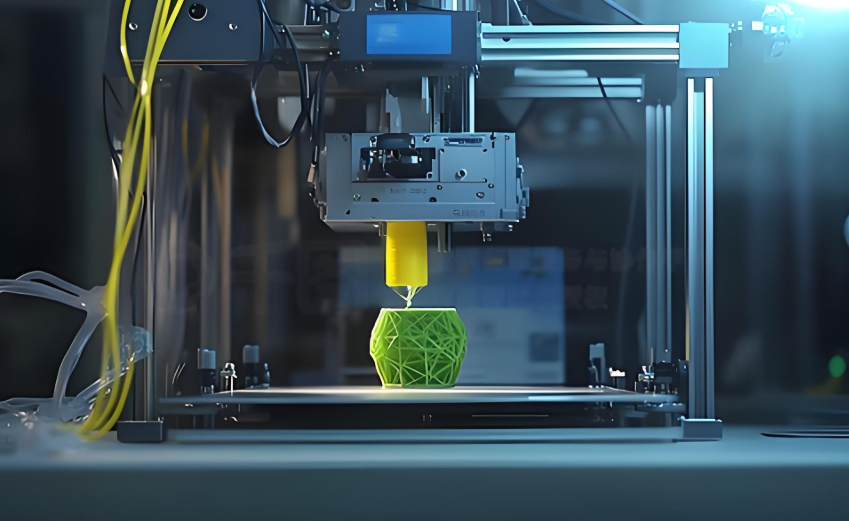
In the industrial-grade 3D printing field, where extreme precision and long-term reliability are paramount, the manufacturing process of core metal functional components directly determines the ultimate performance of the equipment. When it comes to key motion components such as linear guide seat, computer numerical control (CNC) machining technology is undeniably the preferred process for achieving performance breakthroughs. This manufacturing method profoundly impacts the smoothness of equipment operation, precision retention, and overall service life.
As the core foundation of the linear motion system in a 3D printer, the linear guide seat is far more critical than ordinary structural components. It supports the high-speed precision movement of the print head or build platform. Any minute geometric deviation or surface defect will be magnified infinitely, directly manifesting as layer misalignment, surface roughness, or even mechanical failure. Precision-machined aluminum alloy or high-strength steel guide bases, through the strict program control of CNC technology, ensure absolute flatness, perpendicularity, and coaxiality of holes. This near-perfect geometric precision is the prerequisite for low-friction linear motion and the cornerstone for maintaining the long-term parallel and stable operation of the entire motion system. Surfaces that have undergone precision milling and grinding significantly reduce the coefficient of friction. Combined with high-quality linear guides, they not only drive more smoothly and significantly reduce noise but also effectively resist wear caused by long-term reciprocating motion, fundamentally extending the service life of the key motion system.
For discerning British procurement decision-makers, choosing such precision components is far from a simple cost calculation. It concerns the continuous and stable operation of the production line, the zero-failure rate guarantee of expensive printing tasks, and the optimization of the total cost of ownership of the equipment over its entire life cycle. An industrial 3D printer equipped with high precision CNC machined guide seats demonstrates an extreme pursuit of reliability. It minimizes unscheduled downtime caused by vibration, misalignment, or premature wear to the greatest extent.It’s ensuring continuous production capacity and predictable output quality. This inherent engineering reliability is a key asset for the smooth delivery of your company's high end manufacturing projects.
When evaluating supply chain partners, the consideration of core metal component machining capabilities should be given top priority. Proficient CNC machining skills, combined with a deep understanding of materials science and a strict quality control system, are essential for producing each qualified guide seat. The real value lies in whether the supplier can transform this precision manufacturing capability into continuous and stable superior performance output on your equipment, consistently throughout its long service life.
We fully understand the decisive significance of core precision metal components for equipment performance. That is why we focus on applying cutting-edge CNC machining technology to the manufacturing of key 3D printer functional components, including high-performance guide seats, and are committed to providing global industrial users with reliable underlying mechanical support. Explore how we can help your additive manufacturing equipment unleash its full potential with precision engineering: www.simituo.com.